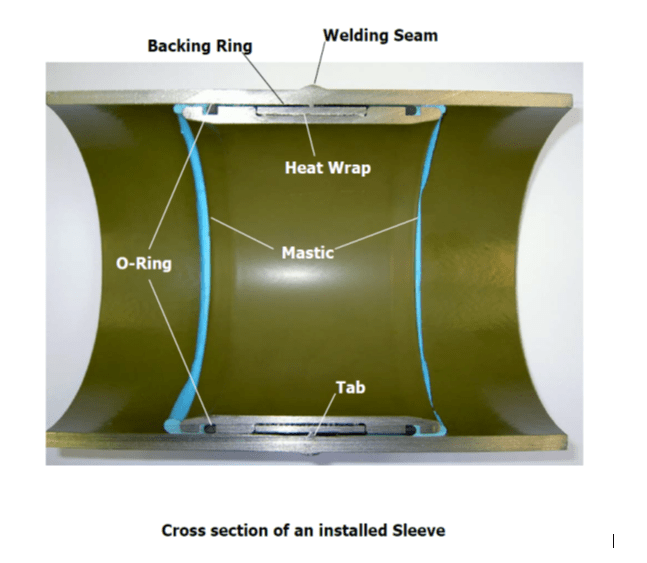Green white
Mechanical
- Jul 7, 2022
- 14
How to remove debris from internally coated pipeline with (TK 236) prior to commissioning (pigging or flushing)?
the pipes is 24in and the length is 55 KM.
the line pipe joints welded together using insert sleeve
the pipes is 24in and the length is 55 KM.
the line pipe joints welded together using insert sleeve


![[pipe] [pipe] [pipe]](/data/assets/smilies/pipe.gif)